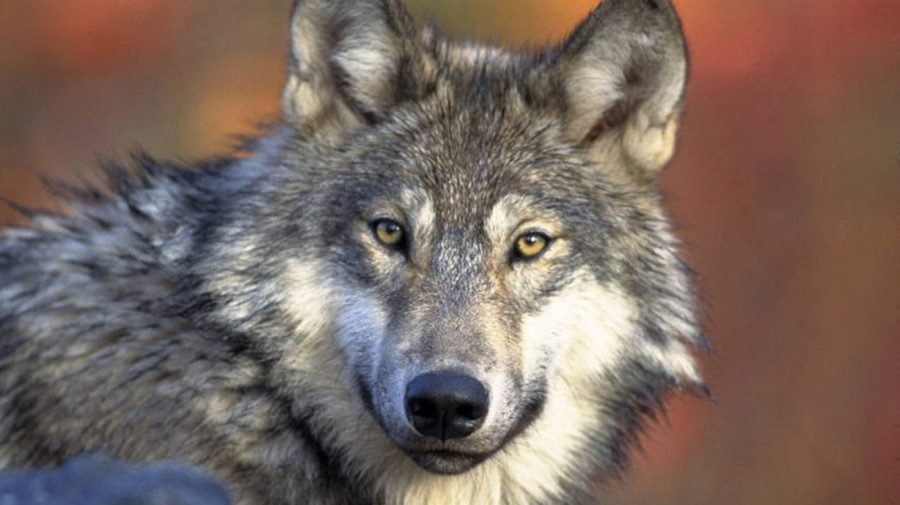
The expansion of gray wolf populations is upending California cattle operations, leading to millions of dollars in losses for ranchers, a report published Monday has found.
The introduction of each new wolf can cause up to $162,000 in expenses related to growth and pregnancies, according to the research, released by the University of California, Davis.
Long assumed to be extinct in the Golden State, a lone gray wolf crossed over the border from Oregon in 2011, and by 2015, a pack was identified in Northern California’s Siskiyou County, researchers noted.
As of the end of 2024, the California Department of Fish and Wildlife had documented seven packs, while noting evidence of the animals in four other locations as well.
Yet as the wolf population proliferated, ranchers became increasingly concerned the predators would prey on their cattle.
Meanwhile, the Department of Fish and Wildlife had launched a pilot program to compensate ranchers for losses, paying out $3.1 million in initial funding to affected ranchers.
Given the uncertainty surrounding the interactions of the predator with livestock, the UC Davis researchers sought to quantify both the direct and indirect costs associated with wolf population expansion.
“There’s a lot of nervous ranchers,” Ken Tate, a UC Davis professor and cooperative extension specialist in rangeland sciences, said in a statement.
The team monitored the interactions of three wolf packs with rangeland cattle in northeastern California from June to October of 2022, 2023 and 2024.
To do so, they trekked into remote rangelands and mounted motion-activated game cameras, obtained access agreements and secured permission to affix GPS collars to cows.
“Folks on the ground were really helpful in facilitating our understanding of wolf dynamics in general,” Tate said.
Tate and his wife Tina Saitone, a UC Davis professor and cooperation extension specialist in rangeland economics, ended up deploying a network of more than 120 cameras and 140 GPS collars.
They said that every two weeks, they checked the cameras and swapped out memory cards. One evening, they were able to observe a herd of cows moving fast for about 30 minutes, as two wolves trailed them.
The scientists also found canine scat when they checked the trail cameras and determined 27 percent of the 377 samples they collected came from wolves.
The UC Davis team ultimately calculated that one single wolf can lead to between $69,000 and $162,000 in direct and indirect damages, including lower pregnancy rates in cows and decreased weight gain in calves.
Impacts ranged from moderate to severe among the wolves across the three packs, generating a total of about $1.4 million to $3.4 million in indirect losses, according to the research.
About 72 percent of the wolf scat samples tested in 2022 and 2023 contained cattle DNA, while hair cortisol levels were elevated in cattle that resided in areas containing in wolves — a sign that the scientists attributed to increases in stress.
“It is clear the scale of conflict between wolves and cattle is substantial, expanding and costly to ranchers in terms of animal welfare, animal performance and ranch profitability,” Saitone said in a statement.
“This is not surprising given that cattle appear to be a major component of wolf diet and the calories drive their conservation success,” she added.
Going forward, the researchers said they would be evaluating the status of gray wolves, including the idea of allowing permits for “less-than-lethal-harassment,” such as noise or motorized equipment, to deter predators.
Also of potential interest are online tools that provide the GPS location of the wolves, as well as the investigation of livestock losses linked to predator activities, the scientists added.
“We do need to get toward some kind of coexistence,” Tate said. “We don’t know what that’s going to look like but it doesn’t look like what we’re doing now, that’s for sure. It’s not sustainable.”


